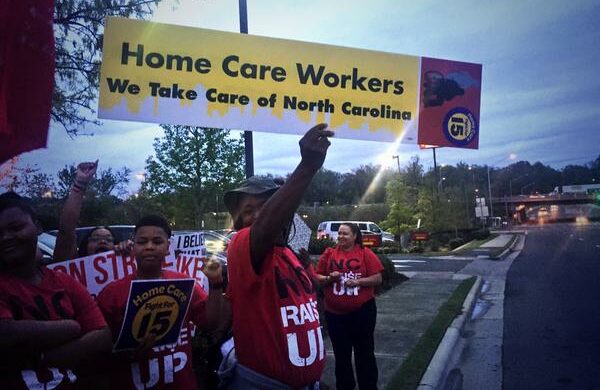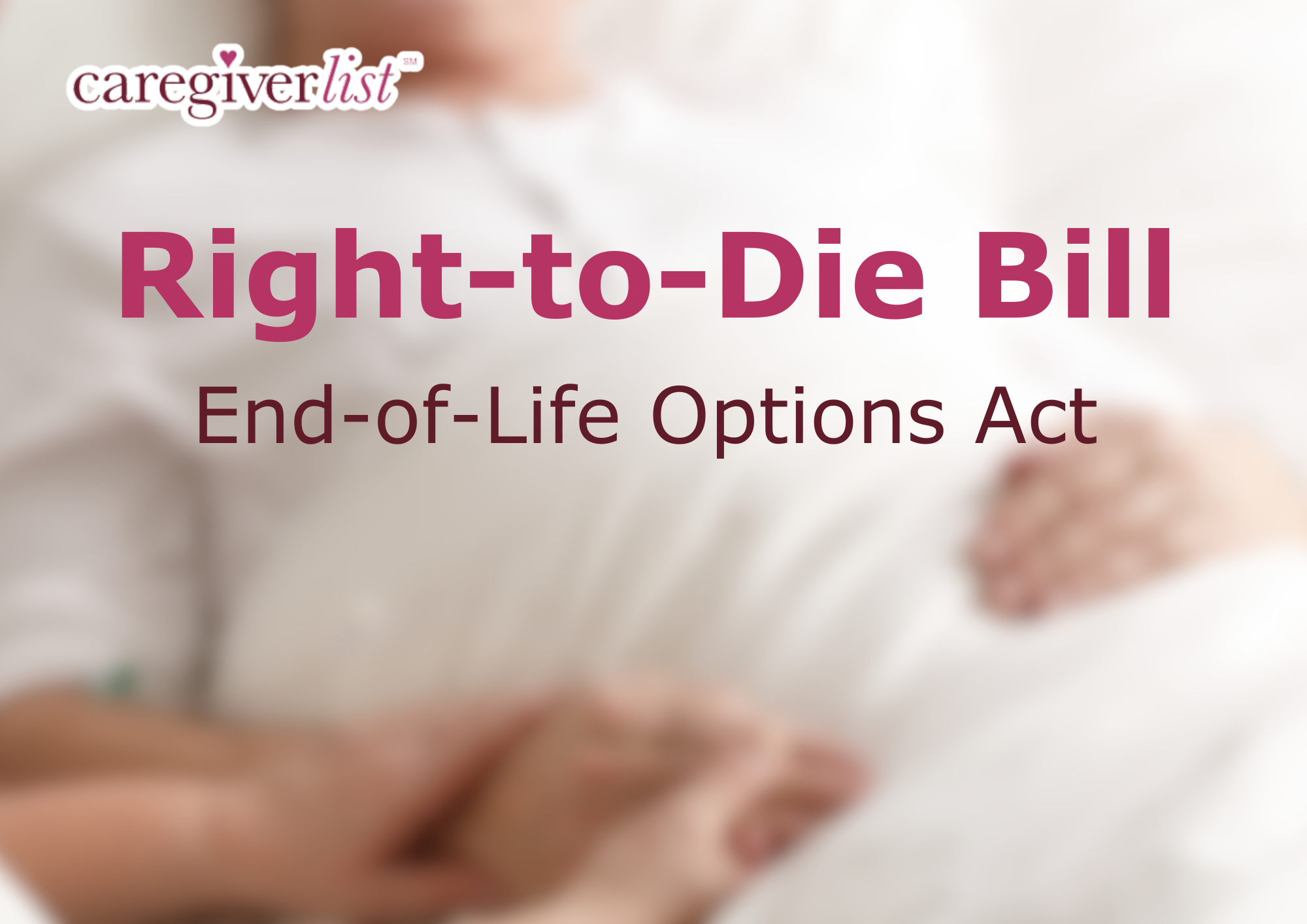Tax day is April 15 and when many low-wage workers look at their year-end W-2 it’s easy to ask, like Rachel (who worked in a coffee shop) did on an early episode of Friends, “Who is FICA, and why is he getting all of my money?” It’s disheartening to open that weekly paycheck to see, after all you hard work, you have barely made enough money to survive.
That’s the impetus behind Fight for $15 — the global protest to raise the minimum wage to $15 per hour. Organizers and protesters are using America’s tax day to highlight income inequality. Both union and non-union home health aides will join fast food workers, big box employees, adjunct teachers, non-union construction workers, airport workers and other low-wage earners in rallies and strikes to demand the nation join cities like Seattle and San Francisco in raising the minimum wage to $15/hr.
In New York, home health aides will rally at 4 p.m. at Central Park West near Columbus Circle, backed by George Gresham, head of the 1199 SEIU health care workers union. “Our sign for this march says ‘Invisible No More,’ Mr. Gresham told the NY Daily News. ” “We’re marching with union and nonunion health aides (because) so many of us rely on or are going to rely on the care these workers provide. We can’t ignore that they have needs, too.” He went on to say that many families are shocked to find out just how much their trusted home care aides make.
But unlike fast food workers, or the employees of Walmart, the employees of quality home care agencies don’t see their bosses on the list of the highest paid CEOs. In fact, most home care agency owners are franchisees, and while profitable, they don’t make the top 10 most profitable franchises — those are primarily fast food restaurants and personal service franchises like SuperCuts and Anytime Fitness.
Families primarily pay for homecare services out of pocket and are on already moderate or fixed incomes. High caregiver turnover means a disruption to senior care — care that is not a choice (like a hamburger), but a necessity. So what’s the answer to paying home healthcare aides like senior caregivers and CNAs more money without passing that cost on to the consumer? Many minimum wage workers supplement by utilizing public assistance in order to make ends meet. Can and should the government step in to supplement some of that hourly pay? We already know that senior home care is more cost-efficient than institutional care, like nursing home placement. The only way to keep great people in this demanding yet rewarding field is by paying them a living wage.
Caregiver pay is typically more than the nation’s minimum wage, with 30% earning more than $7.25 per hour. But is it enough? According to Fight for $15, the answer is no. The fact that so many American workers need public assistance while still working a 40 hour week means that the system needs a change. Income inequality is at the basis of this fight. And in the U.S., that disparity is the worst in the world. What do you think is the answer?







